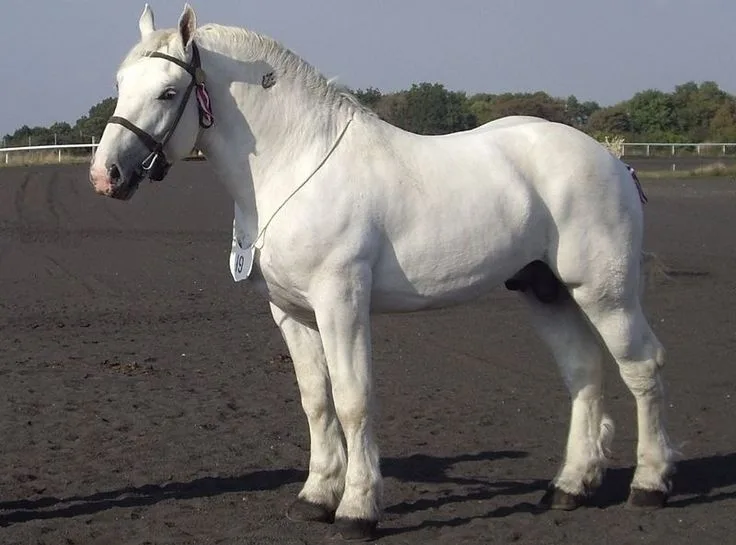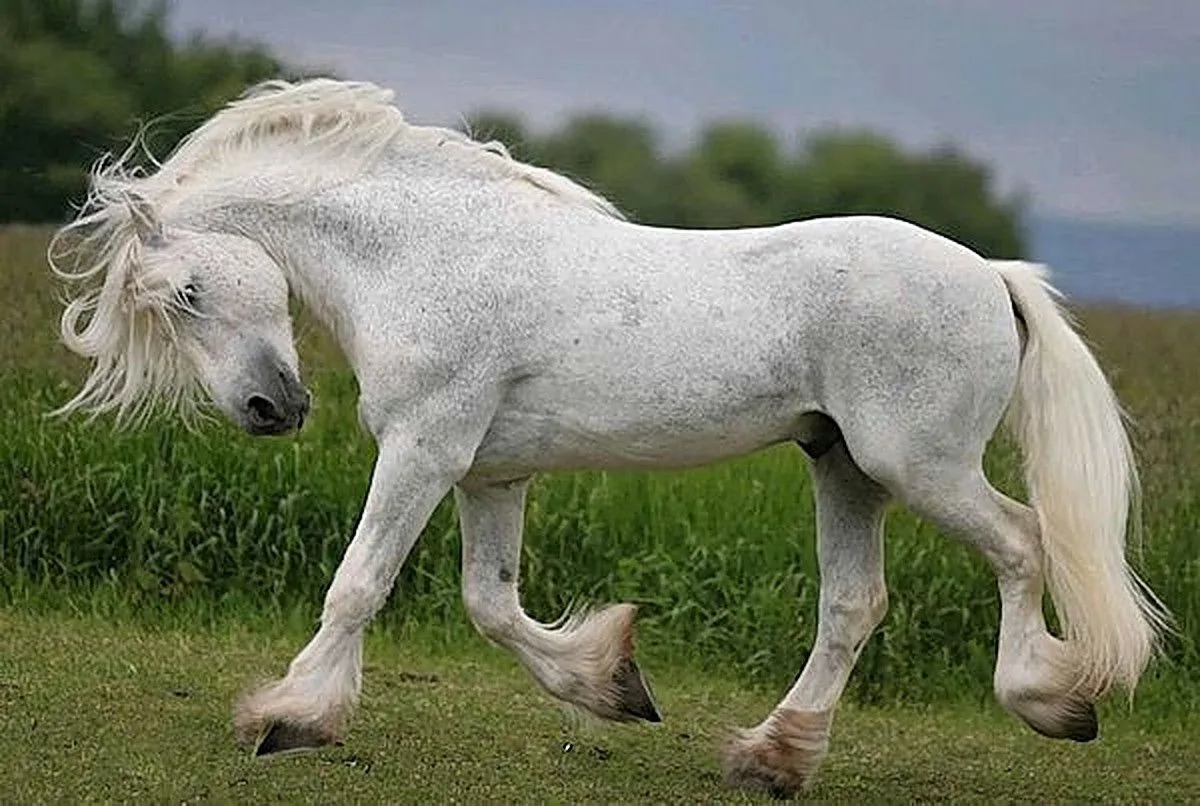Boulonnais horse is a remarkable breed known for its impressive size, strength, and gentle nature
From its origins in medieval France to its modern-day roles, this breed continues to captivate people with its impressive appearance and gentle nature. As efforts to conserve and promote the Boulonnais horse continue, we can look forward to seeing these magnificent creatures thrive and inspire future generations.
History and Origins
The Boulonnais horse’s history dates back to the Roman era, making it one of the oldest horse breeds in Europe. The breed’s name comes from the port city of Boulogne-sur-Mer, which is located along France’s northern coast. Over the centuries, Boulonnais horses were highly prized for their strength and endurance, qualities that were crucial for heavy farm work and military purposes.
During the Middle Ages, these horses were used as war horses due to their impressive size and power. They played a significant role in medieval warfare, transporting knights and equipment into battle. Their strength made them ideal for pulling heavy loads, which was essential for various tasks, including plowing fields and hauling goods.
Feature details
| Feature | Details |
|---|---|
| Origin | France, specifically the Boulonnais region |
| Breed Type | Draft horse |
| Size | Generally 15.2 to 16.2 hands (62 to 66 inches) |
| Weight | Around 1,600 to 2,200 pounds (725 to 1,000 kg) |
| Coat Color | Typically white, gray, or light chestnut |
| Build | Muscular, robust, with a powerful frame |
| Head | Broad, with a straight or slightly convex profile |
| Legs | Strong, with substantial bone structure |
| Feet | Well-formed, with sturdy hooves |
| Temperament | Gentle, calm, and hardworking |
| Uses | Draft work, heavy pulling, farm work, occasionally riding |
| Historical Significance | Used historically for agriculture and military purposes |
| Conformation | Well-defined muscles, especially in the hindquarters |
Physical Characteristics
The Boulonnais horse is known for its striking appearance. These horses are quite large, with most standing between 15.2 and 16.2 hands high (62 to 66 inches at the shoulder). They are often described as having a “draft horse” build, which means they are muscular and strong, built to carry heavy loads.
Their coat is typically gray, though some may be white or a light shade of cream. One of their most notable features is their thick, flowing mane and tail, which adds to their majestic appearance. Boulonnais horses also have strong, sturdy legs with large, well-defined hooves, which help them carry out their heavy-duty work.
Temperament and Behavior
One of the most admired traits of the Boulonnais horse is its gentle temperament. Despite their large size, these horses are known for their calm and friendly nature. They are often described as patient and easy to handle, making them suitable for both experienced and novice horse owners.
Their docile behavior makes them ideal for various roles, from working on farms to participating in parades and exhibitions. Boulonnais horses are also known for their intelligence and eagerness to please, which can make training them relatively straightforward.
Role and Uses
Historically, Boulonnais horses were used primarily for heavy farm work and transportation. They were indispensable on the farm, helping to plow fields, pull carts, and transport goods. Their strength and endurance were highly valued, especially in regions with heavy soil and challenging working conditions.
In modern times, the Boulonnais horse is still used for similar purposes but also enjoys roles in show rings and as a driving horse. They participate in various equestrian events, showcasing their strength and agility in pulling competitions and other activities.
The breed’s gentle nature also makes them excellent companions and therapy horses. Their calm demeanor and patience can provide comfort and support in therapeutic settings, helping individuals with various needs.
More Popular Search





